I used to think roof inspections were just another thing contractors pushed to make extra money, until I watched my neighbor deal with a leak that turned into a massive repair bill.
The truth is, regular roof inspections aren’t just about catching problems early; they’re about protecting your investment, keeping your family safe, and maintaining your home’s value when it’s time to sell.
Understanding what roof inspections actually cost helps you budget smartly instead of getting blindsided by unexpected expenses. I’m going to break down everything you need to know about average inspection costs, the factors that drive prices up or down, and the different types of inspections available.
If you’re buying a new home, preparing to sell, or simply staying on top of maintenance, you’ll know exactly what to expect and what you’re paying for.
Average Roof Inspection Cost
The average roof inspection cost ranges from $75 to $1,000, with most homeowners paying between $200 and $600.
The exact price depends on several factors, including the inspection method, roof size, accessibility, and the level of detail required.
A simple visual check usually costs the least, while specialized options like infrared or certification inspections fall on the higher end.
Knowing this range helps you plan ahead, budget realistically, and avoid unexpected expenses. By understanding what influences the cost, you can choose the inspection type that best fits your needs and your property.
Types of Roof Inspections
Different roof inspections come with different costs, methods, and benefits. Each type serves a specific purpose and fits unique needs.
1. Standard / Physical Inspection
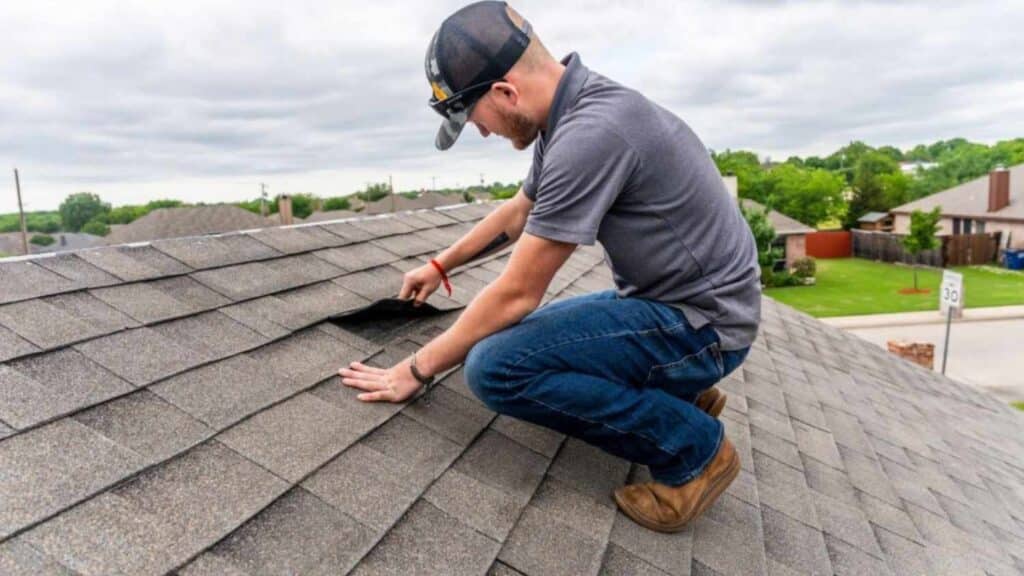
A standard roof inspection usually costs $75 to $200. The inspector climbs your roof and checks for visible issues like cracked shingles, loose flashing, or worn gutters.
This type is best for routine maintenance or a quick condition check before seasonal weather changes.
If you want a straightforward assessment without advanced tools or extra fees, a physical inspection is the most affordable option. It’s often the first step before repairs or upgrades.
2. Drone Inspection
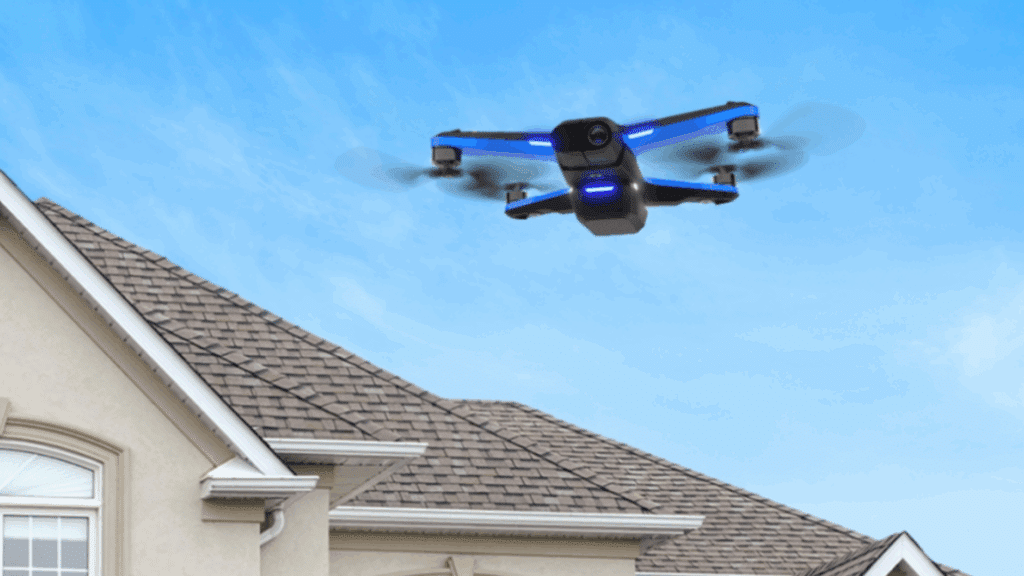
Drone inspections range from $100 to $450. Using cameras, drones capture aerial images of your roof without the need for climbing. This makes the process safer, quicker, and often more thorough.
Inspectors can spot hidden damage or difficult-to-reach areas that might be missed during a physical inspection. The main drawback is reliance on technology, which may not reveal structural issues under the surface.
A drone inspection works well for steep or unsafe roofs.
3. Infrared / Thermal Imaging
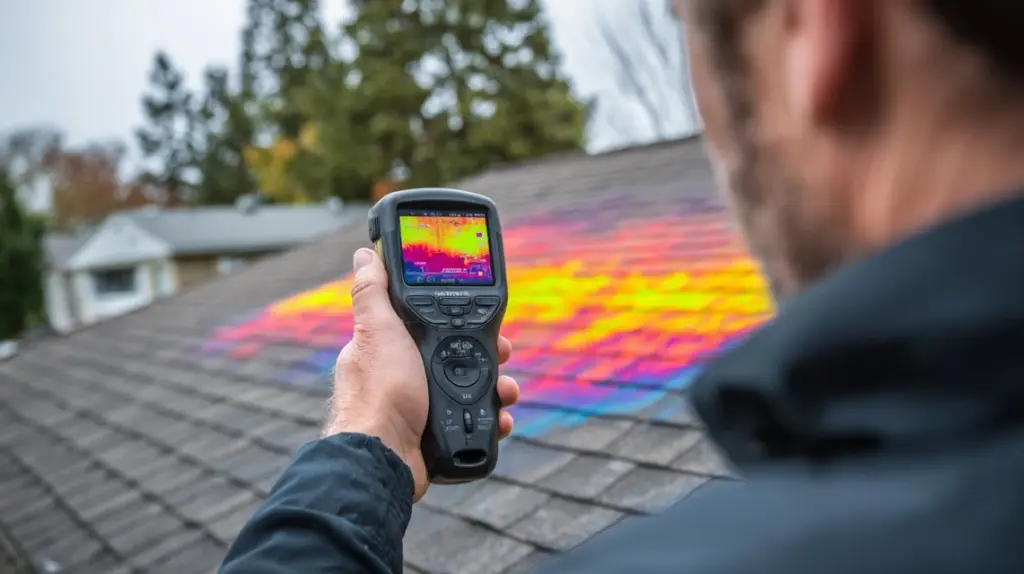
Infrared inspections cost $400 to $600. Thermal cameras detect heat loss, water leaks, and poor insulation that aren’t visible to the eye.
This method is highly useful if you suspect hidden water damage or want to identify areas affecting energy efficiency. While more expensive, it provides detailed insights that standard or drone inspections cannot match.
Infrared imaging is especially helpful before buying a home or filing an insurance claim, where hidden damage matters most.
4. Structural Engineering Inspection
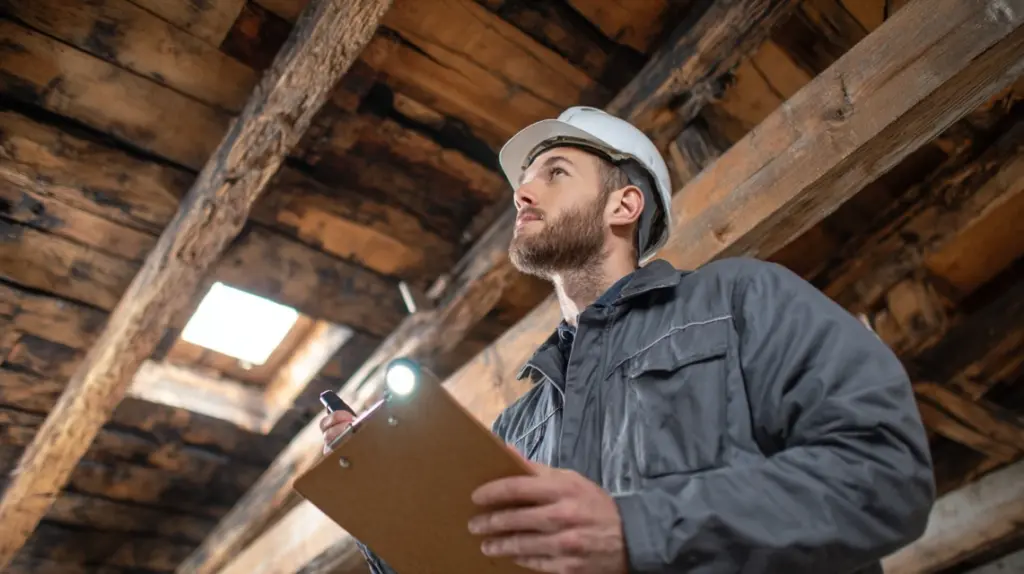
A structural inspection costs $400 to $750 or more. This type involves an engineer who assesses your roof’s framing, decking, and overall support system.
It’s recommended when you suspect serious issues such as sagging, leaks affecting structural wood, or damage after storms. Structural inspections are also common for property sales involving older homes.
Although costly, they provide the most detailed understanding of a roof’s integrity and safety, giving you peace of mind before major investments.
What’s Included in a Roof Inspection?
A roof inspection covers more than just a quick glance at shingles. Inspectors look at both visible and hidden issues that affect your roof’s condition and lifespan.
Here’s what’s typically included:
- Visual Checks: shingles, flashing, gutters, downspouts, and ventilation.
- Structural Condition: decking, framing, and signs of sagging or water damage.
- Insulation Review: spotting leaks, poor airflow, or trapped moisture inside.
- Documentation: photos, written reports, or certifications for insurance or real estate.
A thorough inspection gives you a complete picture of your roof’s health, not just surface-level observations.
That detailed documentation becomes invaluable when filing insurance claims, negotiating home sales, or planning maintenance budgets.
Factors That Influence Cost
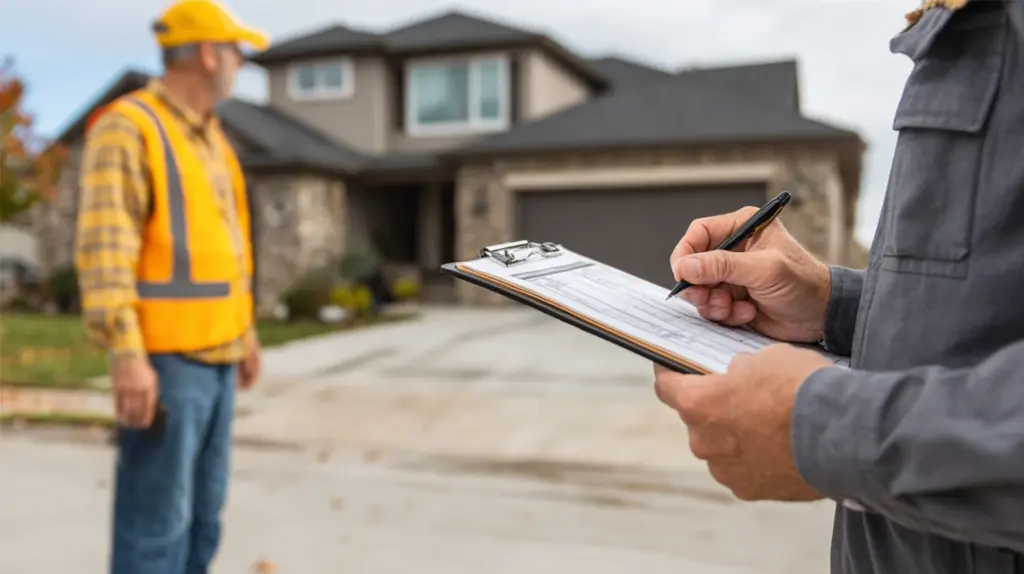
Several key factors affect the cost of roof inspection, from roof size and materials to purpose and location.
1. Roof Size and Complexity
The larger or more complex your roof, the higher the inspection cost. A small, simple roof takes less time and effort, while a multi-level or irregularly shaped roof requires longer inspections and specialized approaches.
More complexity means additional safety measures and closer evaluation, which drives up labor and cost. In general, inspectors set pricing based on the time needed, so a sprawling roof system will naturally cost more than a compact one.
2. Accessibility and Height
Hard-to-reach roofs often cost more to inspect. Steep slopes, multiple stories, or unusual designs increase the difficulty and risk for inspectors. Extra safety equipment, such as harnesses or ladders, may be necessary, which adds time and expense.
Some inspectors may even recommend drone or infrared technology to avoid safety hazards. If your roof is challenging to access, expect inspection costs to reflect the additional resources required to complete the job thoroughly and safely.
3. Roofing Materials (Asphalt, Metal, Tile, Slate)
Different roofing materials impact inspection pricing. Asphalt shingle roofs, the most common, are quick and inexpensive to inspect. Metal roofs may take longer because inspectors must check seams and fasteners.
Tile and slate are more fragile and require extra care during inspection, often increasing costs. Because of the specialized handling and time needed, tile and slate inspections fall on the higher end of the pricing spectrum. Material type directly affects both difficulty and price.
4. Location and Cost of Living
Where you live influences roof inspection prices. Areas with high costs of living, like major cities, often have higher labor rates. Regions with frequent severe weather may also see increased demand, pushing up prices.
On the other hand, smaller towns or areas with lower labor costs may offer more affordable inspections. Location affects not just labor rates but also travel fees, making your region one of the biggest cost factors to consider.
5. Purpose of the Inspection
Whether you need a roof inspection can influence the price. A routine maintenance check usually costs less, while inspections for real estate transactions may involve formal certification and paperwork.
Insurance-related inspections, often after storms, can be priced differently depending on whether the contractor expects insurance coverage.
Each purpose requires a different level of detail, which directly impacts cost. Understanding your reason for the inspection helps you budget appropriately and choose the right type of service.
Roof Certification Cost Inspection
Certification inspections cost about $100 to $300. The inspector evaluates your roof’s condition and estimates its remaining lifespan.
You’ll receive a formal report or certificate, which is commonly requested during real estate transactions or by insurance companies. This document reassures buyers and lenders that the roof is in acceptable condition.
It’s not just about spotting damage; it’s about verifying value. A roof certification can help you negotiate home prices or insurance coverage.
How Often to Get a Roof Inspection?
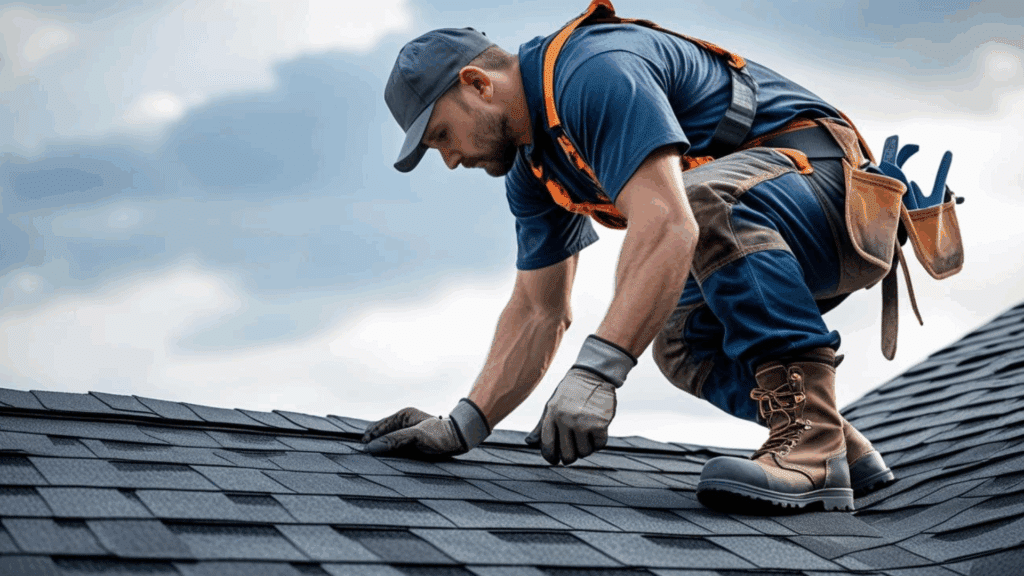
Scheduling a yearly inspection helps you catch small issues before they become expensive repairs. Inspectors can spot cracked shingles, blocked gutters, or early signs of leaks.
A simple annual check can save you hundreds by reducing the chance of major damage and unexpected repair costs later on.
After Severe Weather: Storms, Hail, High Winds
Severe weather can cause damage you might not notice right away. High winds can lift shingles, hail can crack surfaces, and storms may weaken flashing. Getting a roof inspection right after these events ensures hidden issues are documented quickly.
Fast action is also crucial if you need to file an insurance claim. Inspecting after bad weather keeps small problems from growing into serious leaks or structural concerns.
Before Buying or Selling a Home: Real Estate Transactions
A roof inspection during a home sale protects both buyers and sellers. For buyers, it verifies the roof’s condition and prevents unexpected expenses. For sellers, it provides proof of value and may smooth the closing process.
Real estate transactions often require certification inspections with written reports. By checking the roof beforehand, you avoid surprises during negotiations and build confidence in the property’s overall condition.
Average Costs by Roof Type
The type of roofing material affects inspection pricing because each surface demands different techniques, safety measures, and levels of care.
| Roof Type | Average Inspection Cost | Key Focus Areas | Why It Costs This Much |
|---|---|---|---|
| Asphalt Shingles | $75–$250 | Missing or curled shingles, leaks, flashing | Quick to inspect and safe to walk on, requiring minimal tools. |
| Metal Roof | $150–$400 | Rust, loose seams, fasteners, and expansion gaps | Needs harnesses, walk boards, and extra time to ensure safety. |
| Tile Roof | $250–$600 | Cracked or shifted tiles, underlayment wear | Fragile and heavy, often inspected with drones or from ladders. |
| Slate Roof | $400–$750+ | Cracks, missing tiles, and structural stability | Brittle and complex; requires expert handling and advanced inspection gear. |
These cost differences highlight why knowing your roof material helps you choose the right inspection method and budget more accurately.
DIY vs. Professional Roof Inspection
I get the appeal of climbing up there yourself to save money; I’ve done it. But there’s a big difference between spotting obvious damage and catching the issues that actually matter.
DIY Inspection:
- Pros: Completely free, lets you check for visible problems like missing shingles or clogged gutters without scheduling anyone.
- Cons: You’ll miss hidden damage in the decking, underlayment, or attic; plus, climbing on your roof is genuinely dangerous without proper equipment and experience.
Professional Inspection:
- Pros: Comprehensive report documenting structural integrity and hidden issues, includes certification for insurance or real estate transactions, trained inspectors know exactly where problems hide and how serious they are.
- Cons: Costs money upfront, requires scheduling and waiting for availability, and may uncover expensive repairs you weren’t planning for.
Here’s my take: DIY works fine for routine visual checks between professional inspections, but when you need an actual assessment, especially for home sales, insurance claims, or suspected damage.
Hiring a pro is worth every penny. They know where problems hide and how to document them properly.
Roof Inspections and Insurance Claims
Roof inspections often play a big role in how storm damage claims are handled. Insurance companies usually require inspection reports to confirm the cause and extent of damage before approving coverage.
In some cases, the insurer may cover the inspection cost, especially after severe weather events. However, if the inspection is for routine maintenance or non-storm issues, you will likely pay out of pocket.
The inspection results also determine whether a claim is approved, reduced, or denied.
A thorough inspection, complete with photos and documentation, strengthens your case by clearly recording damage and supporting your chances of receiving fair compensation.
The Bottom Line
Now you’ve seen how roof inspection costs change based on method, size, materials, and even location. My goal was to give you a clear picture so you can budget wisely and avoid hidden surprises.
If you’re checking after a storm, preparing to sell, or keeping up with yearly maintenance, the right inspection can save you money in the long run. Remember to ask about extras like reports or certification before booking.
If you want more practical tips for protecting your home, keep checking my other posts; you’ll find plenty of helpful ideas waiting for you














